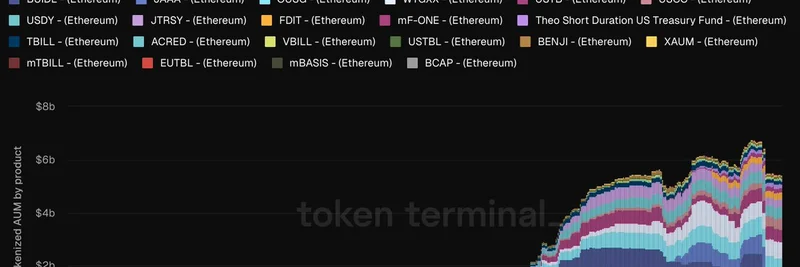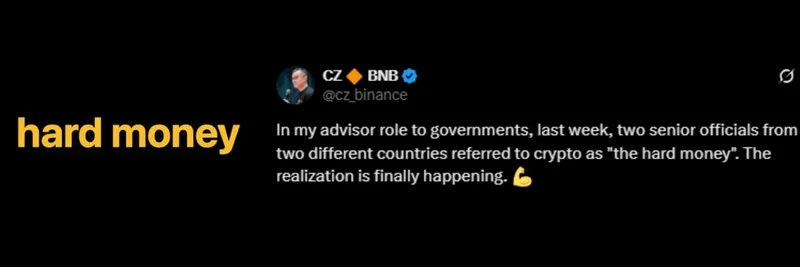Hey folks, if you're deep into the world of blockchain and meme tokens, you've probably heard the buzz around zero-knowledge proofs (ZK for short). These aren't just some fancy tech jargon—they're game-changers for privacy and scalability in crypto. Recently, Mert from Helius Labs dropped a killer podcast episode featuring Eli Ben-Sasson, the co-founder of Zcash and StarkWare, often called the "godfather of ZK." He shared this on X in this thread, and it's packed with insights that could shape the future of meme tokens.
In the episode, available on YouTube, Eli breaks down ZK proofs in ways that make sense whether you're a newbie or a seasoned dev. Think of ZK as a way to prove something is true without revealing the details—like showing a receipt for a purchase without listing what you bought. For non-techies, it's about integrity and privacy; for the math whizzes, it involves polynomials and random checks to verify computations efficiently.
Eli dives into comparisons with other techs like Multi-Party Computation (MPC), which is great for privacy but needs trust among parties, unlike ZK that ensures integrity at scale. He also touches on Trusted Execution Environments (TEEs) and Fully Homomorphic Encryption (FHE), explaining why ZK often edges them out in decentralized setups—TEEs can be hacked physically, and FHE lacks built-in integrity without ZK.
The convo traces Eli's journey from math prof to blockchain pioneer, starting with Zcash. Zcash uses ZK to keep transactions private while proving they're valid, solving issues like double-spending with clever "nullifiers." It's like Bitcoin but with an invisibility cloak for your spends.
Then, things get exciting for meme token enthusiasts: the shift to StarkWare and Starknet. Starknet is an Ethereum Layer 2 using STARKs (a type of ZK proof that's transparent and post-quantum secure). Eli talks about scaling Ethereum apps like dYdX and now focusing on Bitcoin financialization—BTC-Fi. Imagine earning yield on your Bitcoin or borrowing against it, all self-custodial on Starknet. With massive compute power (up to 2,600 operations per second), low costs, and decentralization, it's primed for high-volume activities like meme token launches and trading.
Why does this matter for meme tokens? Meme coins thrive on virality, but high fees and slow transactions on base layers kill the fun. Starknet's scaling could mean cheaper, faster trades, making it easier for memes to go viral without gas wars. Plus, ZK privacy could add anonymous trading layers, appealing to the degens who love a bit of mystery. We've seen tokens like $BURR gaining traction on Starknet—low market cap, community-driven, and poised for pumps in a scaled ecosystem.
The thread on X lit up with Starknet community vibes, with replies hyping the episode and sharing memes. It's clear the excitement is real, especially with Starknet's push into BTC-Fi, which could bring Bitcoin's liquidity into meme plays.
If you're building or trading meme tokens, Starknet's advantages over other L2s—like ZkSync or optimistic rollups—make it worth watching. Eli recommends checking out starknet.io for resources and following him on X for ZK deep dives.
This episode isn't just talk; it's a roadmap for how ZK could supercharge meme token innovation. Whether you're in for the tech or the gains, hit play and level up your knowledge. What's your take on ZK in memes? Drop it in the comments!




